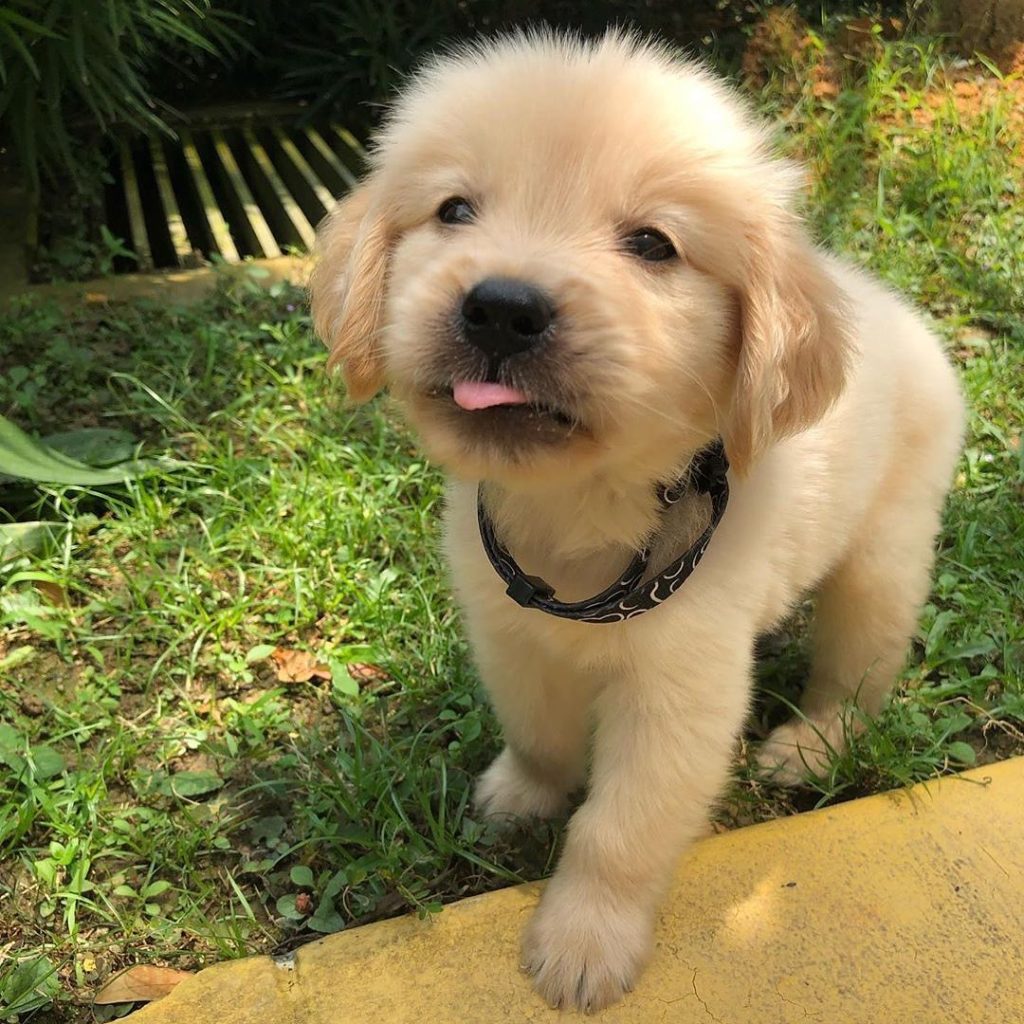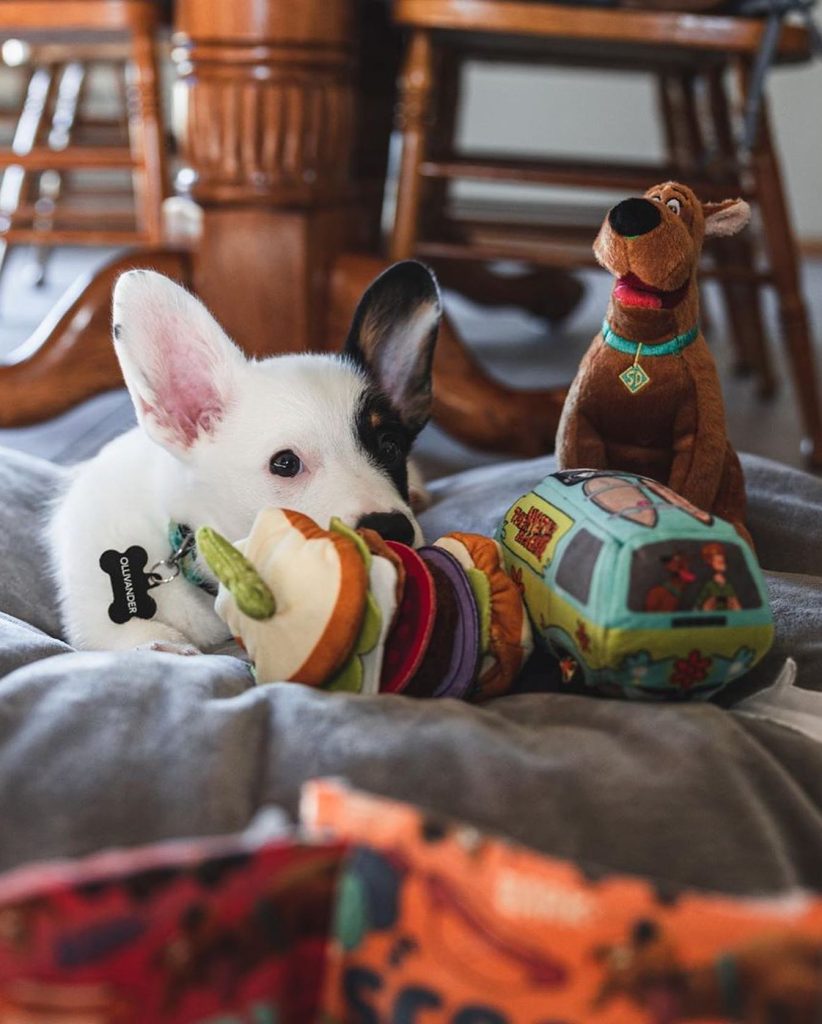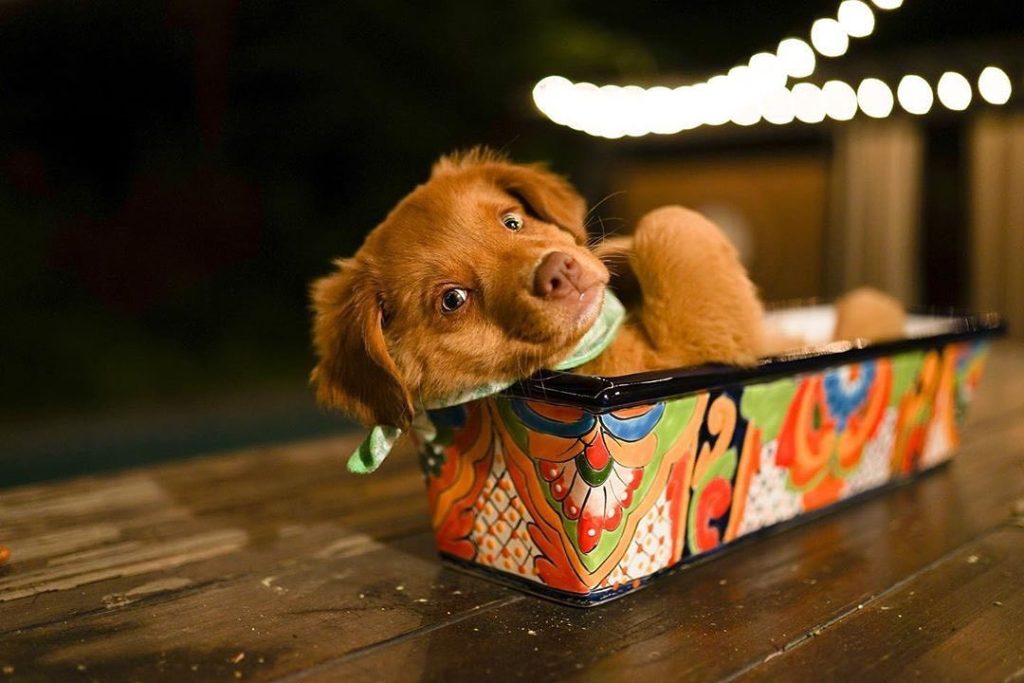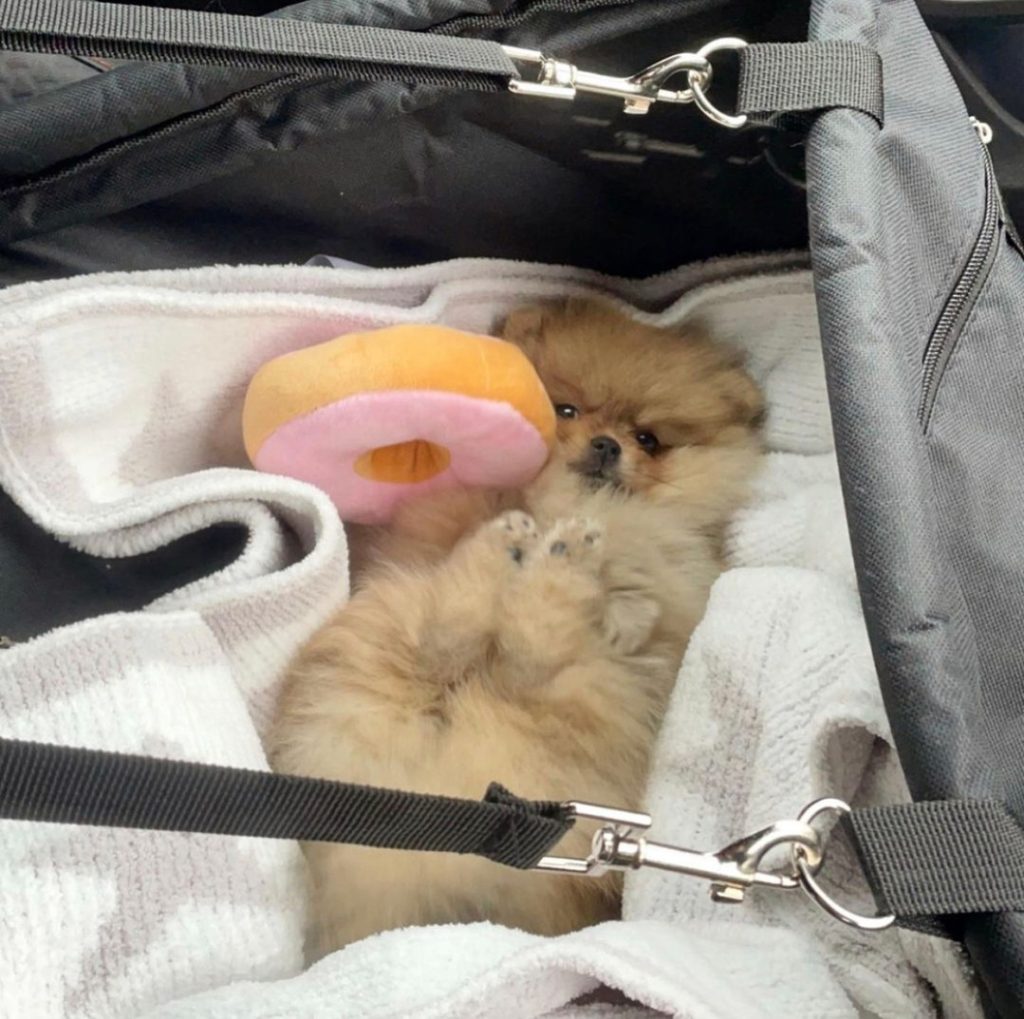
The Importance of Crate Training for Puppies
Crate training is an essential component of raising a well-adjusted and happy puppy. It’s not just about providing a safe space for your puppy to stay in; it’s about creating a personal haven where they feel secure and comfortable. This training is pivotal in several aspects of a puppy’s life, including house training, preventing destructive behavior, and easing anxiety.
One of the primary benefits of crate training is that it taps into a dog’s instinct to have a den-like space. In the wild, a den is a secure place to sleep, hide from danger, and raise a family. Providing a crate offers a modern-day den where your puppy can find solitude and comfort.
Moreover, crate training is invaluable in-house training. Puppies typically avoid soiling their sleeping area, so a crate helps them learn to hold their bladder and bowels, fostering good habits. This aspect of crate training is especially beneficial for owners who cannot always be with their puppies.
Selecting the Right Crate for Your Puppy
Choosing the right crate for your puppy involves considering several key factors:
- Size: The crate should be large enough for your puppy to stand, turn around, and lie comfortably. But it shouldn’t be too spacious, as this might encourage the puppy to use one corner as a bathroom.
- Material: Crates come in various materials like metal, plastic, and fabric. Metal crates are durable and offer good ventilation, plastic crates are cozy and more enclosed, and fabric crates are lightweight but unsuitable for heavy chewers.
- Accessibility: Look for crates with multiple doors for easy access and flexibility in positioning.
- Portability: If you plan to travel with your puppy, consider a lightweight and easily transportable crate.
- Durability: Puppies can be harsh on crates, so choose one that’s sturdy and can withstand a bit of chewing and scratching.
Remember, the right crate will make the training process smoother and more enjoyable for you and your puppy.
Step-by-Step Crate Training Process

Crate training your puppy should be a gradual and positive experience. Follow these steps:
- Introducing Your Puppy to the Crate: Place the crate in a common area and let your puppy explore it. Encourage them with treats and praise.
- Feeding Meals Inside the Crate: Start serving your puppy’s meals in the crate to create a positive association.
- Gradually Increasing Alone Time in the Crate: Once comfortable eating in the crate, begin closing the door briefly while you’re home.
- Crating Your Puppy When Leaving Home: Use the crate for short durations when you leave the house.
- Crating Your Puppy Overnight: Initially, place the crate in your bedroom, then gradually move it to the desired location.
Remember, patience and positive reinforcement are key throughout this process.
Introducing Your Puppy to the Crate
Introducing your puppy to their crate is a crucial first step in crate training. Begin by placing the crate in a living area where the family spends much time. Keep the door open and make the inside inviting with a soft bed and a few toys. Encourage your puppy to explore the crate by placing treats inside and near the entrance. Don’t force them in; let them enter and exit as they please. Praise them warmly when they enter, establishing a positive association with the crate.
Feeding Meals Inside the Crate
Once your puppy is comfortable with the crate, feed them their meals. This builds a positive connection between the crate and something enjoyable – mealtime. Initially, place the food bowl near the crate’s entrance, then gradually move it back. Over time, you can begin closing the door while they eat and opening it as soon as they’re done. This practice helps your puppy get used to spending short periods in the crate with closed doors.
Gradually Increasing Alone Time in the Crate
After your puppy is used to eating in the crate, start practicing with short periods of confinement. Encourage them inside with a treat, close the door, and stay nearby. Start with just a few minutes and gradually increase the time. It’s crucial to return before they become anxious. If they start whining, wait for a quiet moment before letting them out to avoid teaching them that whining opens the door.
Crating Your Puppy When Leaving Home
Once your puppy can stay in the crate calmly for about 30 minutes with you out of sight, you can begin using the crate when you leave the house. Start with short absences and gradually extend the time as your puppy gets more comfortable. Always ensure they have been to the toilet before being crated, and avoid leaving them for extended periods.
Crating Your Puppy Overnight
Place the crate in or near your bedroom for overnight crate training so your puppy doesn’t feel isolated. Young puppies may need toilet breaks during the night, so be prepared for some disrupted sleep initially. If they whine, take them out for a quick toilet trip, then return them to the crate without much fuss. Gradually, they will sleep through the night in their crate.
Critical Tips for Successful Crate Training
Practical crate training requires patience, consistency, and positive reinforcement. Here are some essential tips:
- Create Positive Associations: Always associate the crate with positive experiences. Use treats, toys, and praise to make the crate a happy place for your puppy.
- Avoid Using the Crate for Punishment: Never use the crate as a form of punishment. Your puppy should see the crate as a safe and enjoyable space, not a place of isolation or reprimand.
- Maintain a Consistent Schedule: Consistency is key in crate training. Try to stick to a regular schedule for feeding, potty breaks, playtime, and crate time.
- Gradual Introduction and Incremental Duration: Start with short periods in the crate and gradually increase the time as your puppy becomes more comfortable.
- Comfort Inside the Crate: Ensure the crate is comfortable with appropriate bedding. It should be a cozy and inviting space.
- Attention to Puppy’s Needs: Pay attention to your puppy’s needs. Regular potty breaks and exercise are essential to prevent discomfort or distress while crated.
- Monitor the Puppy’s Response: Be attentive to how your puppy reacts to the crate. Any signs of distress might mean you need to slow down the process.
By following these tips, you can ensure a smoother and more effective crate training experience for your puppy.
Understanding Crate Training Cautions
Crate training, while beneficial, requires mindful execution to avoid adverse effects on your puppy. Key cautions include:
- Avoid Overuse: Extended time in a crate can lead to physical and mental health issues. Balance crate time with exercise and interaction.
- Monitor Bladder Control: Young puppies can’t hold their bladder for long; prolonged crating can hinder house training.
- Prevent Negative Associations: Never use the crate as punishment; it should be a safe, positive space.
- Ensure Safety: Remove potential hazards from the crate, like collars or chewable items.
- Watch for Signs of Distress: Excessive whining or anxiety might indicate the need to adjust your training approach.
The Fundamentals of Crate Training
Establishing a positive mindset is at the heart of successful crate training. This process is not just about teaching your puppy to stay in a crate; it’s about creating a safe, comfortable space they view as their own. The key is gradual acclimation, ensuring each step is associated with positive experiences, whether it’s through treats, gentle encouragement, or praise. Consistency in routine helps your puppy understand what to expect, reducing anxiety and confusion. Remember, the crate is not a tool for punishment but a personal retreat for your pup, a place where they feel secure, relaxed, and content.
Establishing a Positive Crate Training Mindset

Creating a positive crate training mindset is crucial for a successful training experience. This approach revolves around making the crate a desirable and happy place for your puppy. Introducing the crate as a safe and enjoyable space from the beginning is essential. Use treats, toys, and lots of praise to encourage your puppy to enter and spend time in the crate, turning it into a rewarding experience. Patience is key; never rush the process or force your puppy into the crate, which can lead to fear and anxiety. By consistently associating the crate with positive outcomes and gently building up the time spent inside, your puppy will learn to view the crate as a comforting and secure personal space.
Enhancing Crate Comfort for Your Puppy
To enhance comfort in the crate for your puppy, ensure it’s equipped with a soft bed or blanket and a favorite toy. This setup makes the crate inviting, helping your puppy to relax and view it as their personal, cozy retreat.
Rewarding Your Puppy for Using the Crate
Rewarding your puppy for using their crate is a fundamental aspect of positive reinforcement in crate training. When your puppy enters the crate voluntarily, offer a treat, praise, or a favorite toy. These rewards reinforce the idea that the crate is a pleasant place. It’s important to vary the rewards to maintain your puppy’s interest and enthusiasm. Also, consider rewarding calm behavior in the crate, not just entering it. This approach helps your puppy associate the crate with treats and toys and a sense of security and contentment, further deepening their positive relationship with their personal space.
Monitoring Time Spent in the Crate
Properly monitoring the time your puppy spends in the crate is vital for their well-being:
- Limit Duration: Puppies shouldn’t be crated for too long. Generally, the maximum duration is the puppy’s age in months plus one hour.
- Frequent Breaks: Ensure regular breaks for exercise, play, and bathroom needs. Puppies need physical activity and social interaction.
- Watch for Signs of Distress: If your puppy seems anxious or distressed, reduce crate time and consult a vet or a professional trainer for advice.
- Nighttime Consideration: Overnight, young puppies may need breaks for bathroom needs.
Balancing crate time with other activities is critical to a happy, healthy puppy.
Engaging in Crate Games for Effective Training
Incorporating crate games can significantly enhance the training process. These games make the experience fun and engaging for your puppy, encouraging them to use the crate willingly. Start with simple games like tossing a treat into the crate and praising them when they go in to retrieve it. Gradually introduce commands like ‘crate’ or ‘bed’ as they enter. You can also hide toys inside for them to find, turning the crate into a source of pleasant surprises. These playful interactions strengthen the bond between you and your puppy and reinforce the crate as a positive, enjoyable space.
Safety Tips: Keeping Your Dog Safe in the Crate

Safety inside the crate is paramount. Permanently remove your puppy’s collar before crating to prevent any risk of entanglement. Ensure the crate is free of small, chewable objects that could pose a choking hazard. Regularly inspect the crate for sharp edges or broken parts that could injure your puppy. Additionally, ensure the crate is well-ventilated and placed away from direct sunlight or drafts. These precautions help create a secure environment, giving you peace of mind and keeping your puppy safe and comfortable.
Setting Up for Crate Training Success
Setting up for success in crate training involves more than just the crate; it’s about creating the right environment and routine. Position the crate in a quiet yet accessible area of your home, where your puppy can feel part of the family. Establish a schedule for crate time, meals, play, and bathroom breaks. This routine helps your puppy understand expectations and reduces anxiety. Remember, a calm and consistent approach is crucial in building trust and making the crate a positive aspect of your puppy’s daily life.
Patience and Consistency in Crate Training
Patience and consistency are the cornerstones of successful crate training. Understand that every puppy is different; some may take longer to acclimate to the crate. Be patient and avoid rushing the process. Consistency in your approach, routine, and commands helps your puppy understand what is expected. Consistently rewarding good behavior and gently correcting mistakes will guide your puppy toward the desired outcome. Your calm and patient demeanor will be mirrored by your puppy, leading to a more effective and stress-free training experience.
The Overall Benefits of Crate Training
Crate training offers numerous benefits for both puppies and their owners. It provides a safe space for the puppy, aids in in-house training, and prevents destructive behaviors when unsupervised. It also facilitates safer travel and vet visits. For owners, it offers peace of mind knowing their puppy is safe and secure when they can’t be supervised. Additionally, it helps puppies learn to cope with alone time, which is essential for their emotional development. Overall, crate training is a valuable tool in raising a well-adjusted, confident dog.
Gathering Necessary Supplies for Crate Training
Preparing for crate training involves gathering the right supplies. This includes a suitable crate of the right size and material, comfortable bedding, and chew-proof toys. Having treats on hand for positive reinforcement is also essential. Consider a water dispenser that attaches to the crate if your puppy will be created for a bit longer. Additionally, a crate cover can help create a more den-like, secure environment. Having these supplies ready will make the crate training process smoother and more enjoyable for your puppy.
Ideal Placement for Your Dog’s Crate
The placement of your dog’s crate significantly impacts their comfort and acceptance of it. Choose a quiet yet central location, allowing your puppy to feel included in family activities while providing a peaceful retreat. Avoid areas with extreme temperatures or direct sunlight. The crate should be where you can easily monitor your puppy, especially during the initial training stages. The proper placement helps make the crate a positive and integral part of your puppy’s daily life.
Additional Tips and Tricks for Effective Crate Training

In addition to the basics, here are some additional tips for practical crate training:
- Use a consistent command like “crate” or “bed” to signal crate time.
- Gradually increase the time your puppy spends in the crate.
- If your puppy whines, wait for a brief moment of quiet before letting them out to avoid reinforcing the whining.
- Clean any accidents in the crate thoroughly to avoid lingering smells.
- Never rush the training process; adapt to your puppy’s pace.
Implementing these tips can further enhance your and your puppy’s crate training experience.
